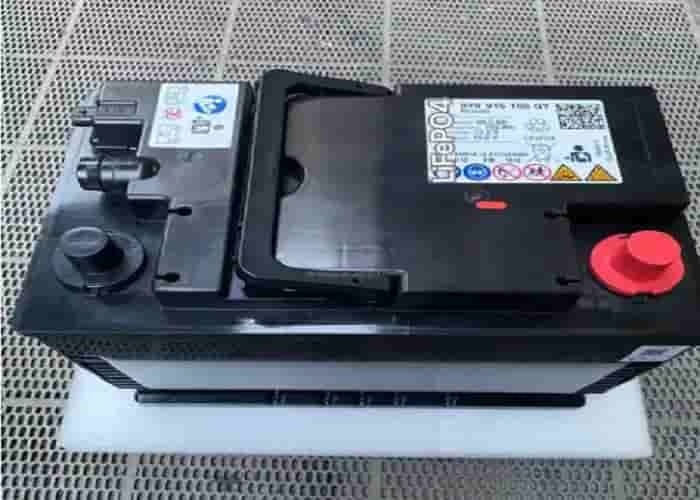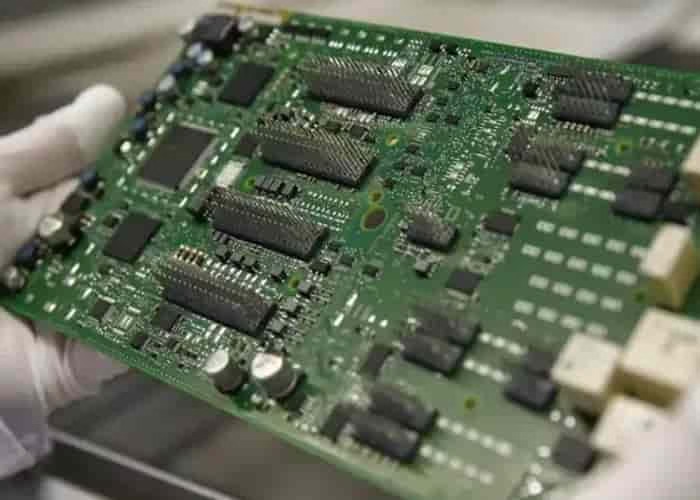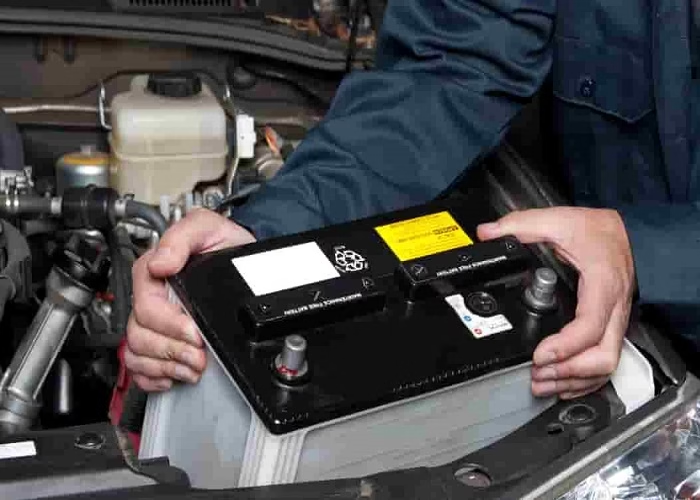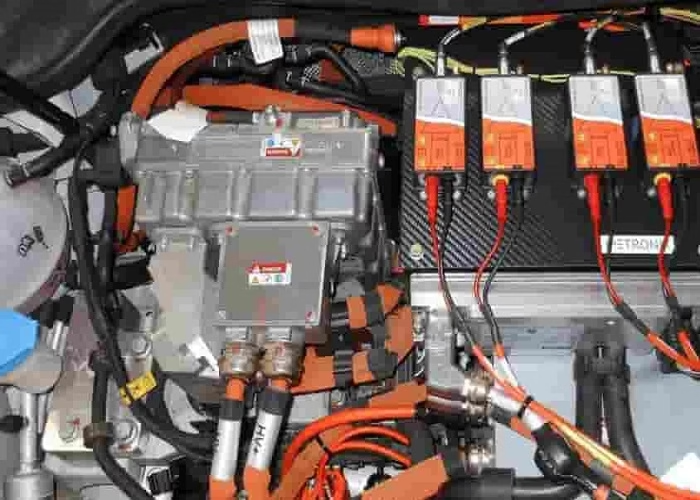Why do we need to balance? Due to the differences in battery use process and materials, as well as the differences in temperature, humidity and other environments during the actual use of the battery, there are differences in the SOC of the single cells in the battery pack. The difference in SOC is intuitively reflected in the different voltages of the batteries.
Another important reason is that due to the shedding of the active material on the plate and the potential difference between the upper and lower plates, the battery inevitably has a certain amount of self-discharge. And because of the different processes, the self-discharge rate is also different.
Assuming that the SOC of a battery in the battery pack is higher than that of other cells, this battery will be fully charged first during the charging process, causing the charging of other cells to stop before reaching the rated capacity; similarly, assuming that the SOC of a battery is lower than that of other cells, it will reach the discharge cut-off voltage first during the discharge process, causing other cells to have residual capacity that cannot be released; therefore, we can draw a conclusion that there are differences in batteries. Based on this premise, let’s discuss battery balancing. Therefore, effective battery balancing can not only increase the effective capacity of the battery pack, but also increase the life of the battery pack to a certain extent, so we must do balancing.
I. Definition and significance of battery balancing
Definition: Battery balancing refers to the use of specific technologies and methods to make each battery cell in the battery pack reach a relatively consistent state in voltage, capacity and state, thereby improving the performance and life of the entire battery pack.
Significance: Improve battery pack performance: Through balancing, the performance degradation of the entire battery pack caused by the degradation of individual battery performance can be avoided.
Prolong battery life: Balancing can reduce the voltage and capacity differences between battery cells, reduce the internal resistance of the battery, and thus extend the service life of the battery.
Improve safety: Balancing can prevent battery cells from overcharging or over-discharging, and reduce the risk of safety hazards such as thermal runaway.
II. Battery balancing method
In order to solve the inconsistency of battery cells, various battery companies have continuously optimized the problem of inconsistent battery cell characteristics from multiple aspects such as battery cell design, PACK design, process control, raw material control, production and manufacturing control, storage control, BMS balancing function, and after-sales maintenance.
The following mainly introduces the BMS balancing function. Through the BMS balancing function, the inconsistency between each battery cell can be reduced and the available capacity of the battery pack can be improved. At present, the main balancing methods used are passive balancing (energy dissipation balancing) and active balancing (non-energy dissipation balancing, energy transfer balancing).
There are two main methods for battery balancing: active balancing and passive balancing.
Active balancing:
Active balancing is a technology that achieves voltage balancing between battery cells by energy transfer. It achieves more accurate balancing by transferring energy from a single cell with higher capacity to a single cell with lower capacity.
Principle: Energy is transferred from a single cell with higher capacity to a single cell with lower capacity by energy transfer. This transfer can be achieved through technologies such as inductance, capacitance, and transformer. During the charging process, if a single cell reaches the upper limit of the operating voltage first, the BMS will identify the single cell with lower capacity and transfer energy from the high-voltage battery to the low-voltage battery through the balancing circuit.
When the capacity of a single cell is higher than that of other cells in the battery pack, the controller can start the balancing module corresponding to the single cell to discharge and balance the single cell; when the capacity of a single cell is lower than that of other cells in the battery pack, the controller can start the balancing module corresponding to the single cell to charge and balance the single cell, control the consistency of the battery, and make the most of the capacity of each cell in the battery pack.
Advantages: high energy utilization, fast balancing speed, can improve the overall performance of the battery pack.
Disadvantages: complex control algorithm, high production cost.
Implementation method: including charge transfer and energy conversion. Charge transfer transfers energy from one battery to another through a micro converter circuit; energy conversion uses transformers and inductors to move energy between battery packs.
Passive balancing:
Principle: By consuming energy, the excess energy in high-voltage or high-capacity battery cells is dissipated in the form of heat energy, thereby reducing its voltage and capacity, and achieving balance between battery cells. Passive balancing (energy dissipation balancing) is achieved by shunting the parallel resistors of the single cells. The energy of the battery with a higher state of charge in the battery pack is consumed through the parallel resistors to achieve balancing with other batteries in the group.
Typical passive balancing is implemented as follows: the voltage of each single cell is measured at the high or low end of the SOC. When the voltage of some single cells exceeds the average voltage of the battery pack, the estimated balancing time is calculated based on the voltage difference or the difference in single cell SOC, and then the parallel resistors of these high-energy batteries are connected, so that part of their energy is consumed on the parallel resistors, and finally the whole group of batteries is balanced.
The passive balancing method has simple control logic, easy to implement in hardware, and low cost. However, this balancing method consumes energy in vain and does not have energy-saving effects; in addition, the battery will generate heat while consuming energy. In the battery system of electric vehicles, local overheating may pose a huge safety hazard.
Therefore, the balancing current of passive balancing is generally very small (generally around 100mA), and the balancing and acquisition share a wiring harness, and the balancing and acquisition run alternately, so the balancing efficiency is low, and it takes a long time for balancing to have a significant effect.
Advantages: simple implementation and low cost.
Disadvantages: large energy loss, slow balancing speed, and heat may be generated, causing the battery pack temperature to rise.
Implementation methods: There are two methods: fixed shunt resistor and switch shunt resistor. Fixed shunt resistor circuits are usually connected to fixed shunts to prevent battery overcharging; switch shunt resistor battery balancing circuits consume excess energy by controlling the opening and closing of switches. The comparison between passive balancing and active balancing is as follows:
III. Battery balancing process
Battery balancing is an important function in the battery management system (BMS), which is mainly used to solve the problem of inconsistent voltage, capacity and state caused by performance differences between each battery cell in the battery pack. The following is a detailed explanation of battery balancing:
The battery balancing process usually includes the following steps:
Detection: Detect the voltage, current, temperature and other parameters of each battery cell in the battery pack through BMS.
Judgment: Determine whether there are differences between battery cells and the degree of difference based on the detection results.
Execute balancing: Select the appropriate balancing method based on the judgment results and perform the balancing operation. For active balancing, it may be necessary to accurately calculate the amount of energy transferred through a control algorithm; for passive balancing, it may be necessary to control the on and off time of the switch to consume excess energy.
Monitoring: Continuously monitor the parameter changes of the battery cells during the balancing process to ensure the effectiveness and safety of the balancing operation.
End balancing: When the difference between the battery cells reaches the set threshold, the balancing operation is ended.
IV. Notes on battery balancing
Select a suitable balancing method: Select a suitable balancing method according to the actual situation and performance requirements of the battery pack.
Control the balancing speed and degree: Avoid damage to the battery cells or performance degradation due to excessive balancing speed or degree.
Monitor battery parameters: Continuously monitor the changes in parameters such as voltage, current, and temperature of the battery cells during the balancing process to ensure the safety and effectiveness of the balancing operation.
Prevent heat accumulation: For passive balancing methods, measures need to be taken to prevent heat accumulation from causing the battery pack temperature to rise.
In summary, battery balancing is one of the indispensable functions in the battery management system, which is of great significance for improving the performance and life of the battery pack.
In practical applications, it is necessary to select a suitable equalization method according to the actual situation and performance requirements of the battery pack, and strictly control the equalization speed and degree to ensure the safety and performance of the battery cells.















Leave a Reply